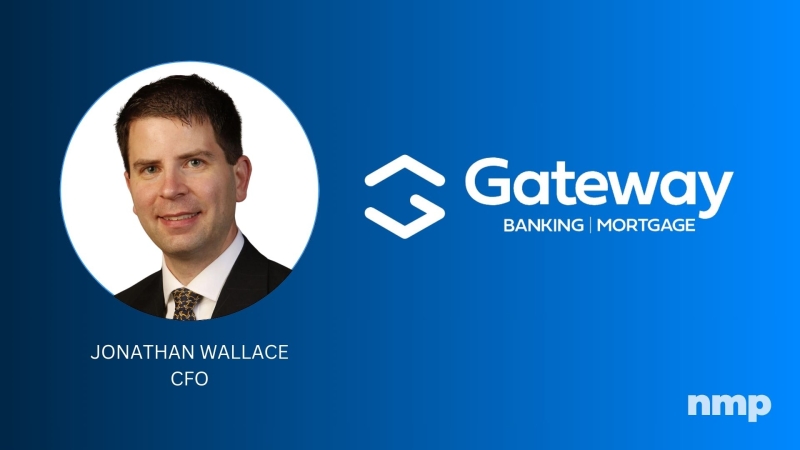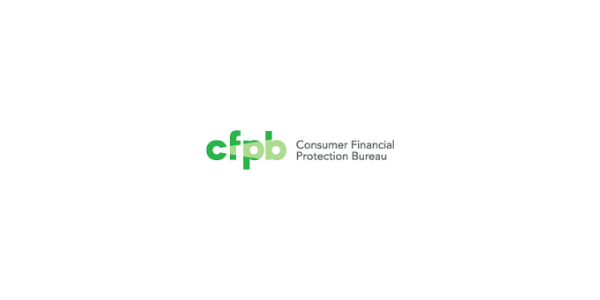Advertisement
MILA integrates DesertDocs for heightened Web services
Selling mortgages, soft drinks and beerCharlie Elliott Jr., MAI, SRAunique products, marketing, unconventional loans
Why would anyone want to concern themselves with offering the
oddball product when they can sell the conventional cookie-cutter
loan? Unique products generally require more education for the
customer, are usually less available, and are met with resistance
from any and all parties of the transaction. Perhaps this is true,
but we are currently in a market where the customer is king. Only
those of us who are able to meet their needs, no matter how broad
and varying, are going to survive and/or possibly excel in the
profession.
One needs to go no farther than the neighborhood convenience
store to demonstrate this point. Forty years ago, most convenience
stores I frequented had one relatively small drink box. In this
box, there were usually a half dozen different types of soft
drinks: Pepsi, Coke, Dr. Pepper, some type of orange, a grape drink
(NuGrape, if I remember correctly), and if you were lucky, a
chocolate drink. If the store sold beer, it might have had two or
three different brands: Schlitz, Budweiser and possibly Miller,
offering only one standard version of each. That was it.
Additionally, the inventory was shallow; it may have totaled 40 or
50 containers. Someone having a family gathering could have
consumed the entire inventory.
Needless to say, things have changed in today's convenience
stores. It is not uncommon for today's stores to stock a dozen
different varieties of Coke alone. This includes various
combinations of standard, diet, decaf, cherry and low carb; various
containers of cans, plastic and glass; and a plethora of sizes,
ranging from eight ounces to two or three liters. Most beer brands
come in standard, light and non-alcoholic, and are packaged in a
variety of bottles and cans of varying sizes. This does not address
the fact that stores of the past had no juices. Furthermore, who
would have ever thought that a customer would be foolish enough to
pay $1.25 for a bottle of water? And yes, the stores of today
usually have a deep inventory of both these beverages.
Why do today's convenience stores offer such a vast array of
different products? The cost of the storage and refrigeration
systems alone must be astronomical, as they take up a quarter to
one half of the walls in the store. In the past, who would have
dreamed of having walk-in refrigeration rooms just for drinks? The
simple answer is that the consumer is more sophisticated than those
in the past and demands more. How long would we expect a
convenience store of today to survive with the paltry inventory of
drinks offered in the past? The answer is obvious.
Are mortgages any different than beverages? The answer is yes
they are, but the more important question is: Are the customers the
same people? This question and answer is the one we should focus
on. Today's consumer has more money than those in the past, has
more sophisticated tastes, is used to getting their way and will
buy from whomever is willing to address the demand. This applies
not only to beverages but also to financial products.
It would be simple, economical and uncomplicated for those in
the mortgage lending profession to stick to the one-size-fits-all,
30-year, fixed-rate plan, vanilla loans. The answer, however, is
outside the prerogative of the lender. It lies within the
ever-changing demands, needs and tastes of the consumer. Those
destined for success within the lending arena will be those who
understand the consumer's demands and do everything within their
power to meet them. Yes, there will always be a need for the plain
vanilla product, but to attempt to survive on that market alone is
no longer feasible. The lender offering a broad menu of services,
including sub-prime mortgages, reverse mortgages,
construction-to-perm mortgages, interest-only variables, no doc, no
down payment loan, 125 percent LTV, FHA and VA, not to mention
others, is the lender of the future.
Lenders with one or two products cannot expect to be a force in
the marketplace like the convenience store operator with the small
drink box. The same executive jumbo loan borrower will be buying
that vacation home, helping their kid purchase that starter home,
helping their grandparents obtain the reverse mortgage and advising
that employee with less-than-perfect credit as to where to go to
obtain the product they need. Today's successful lender will find a
way to serve all of these interests, as that is the state of the
art in the way today's mortgage products are successfully marketed.
Charlie W. Elliott Jr., MAI, SRA, is president of ELLIOTT &
Company Appraisers, a national real estate appraisal company. He
can be reached at (800) 854-5889, e-mail [email protected] or
visit the company's Web site at www.appraisalsanywhere.com.
About the author





